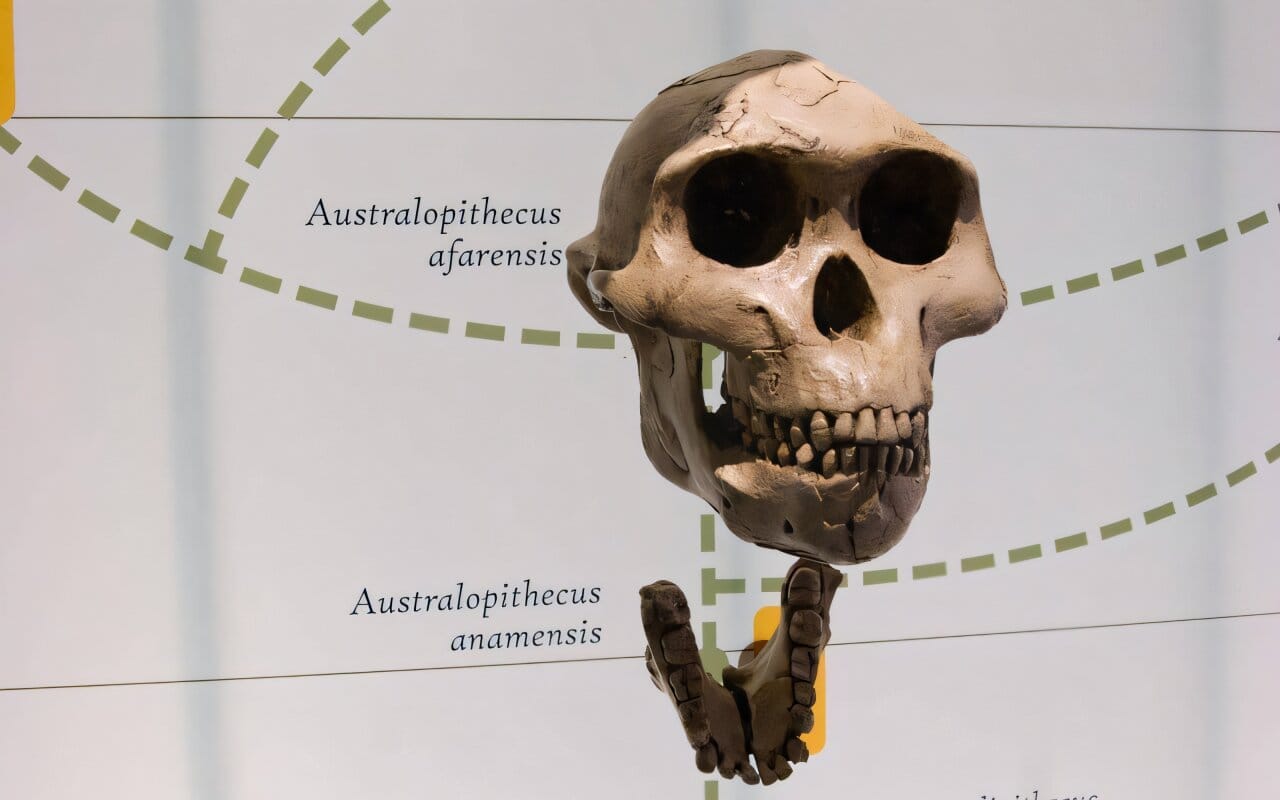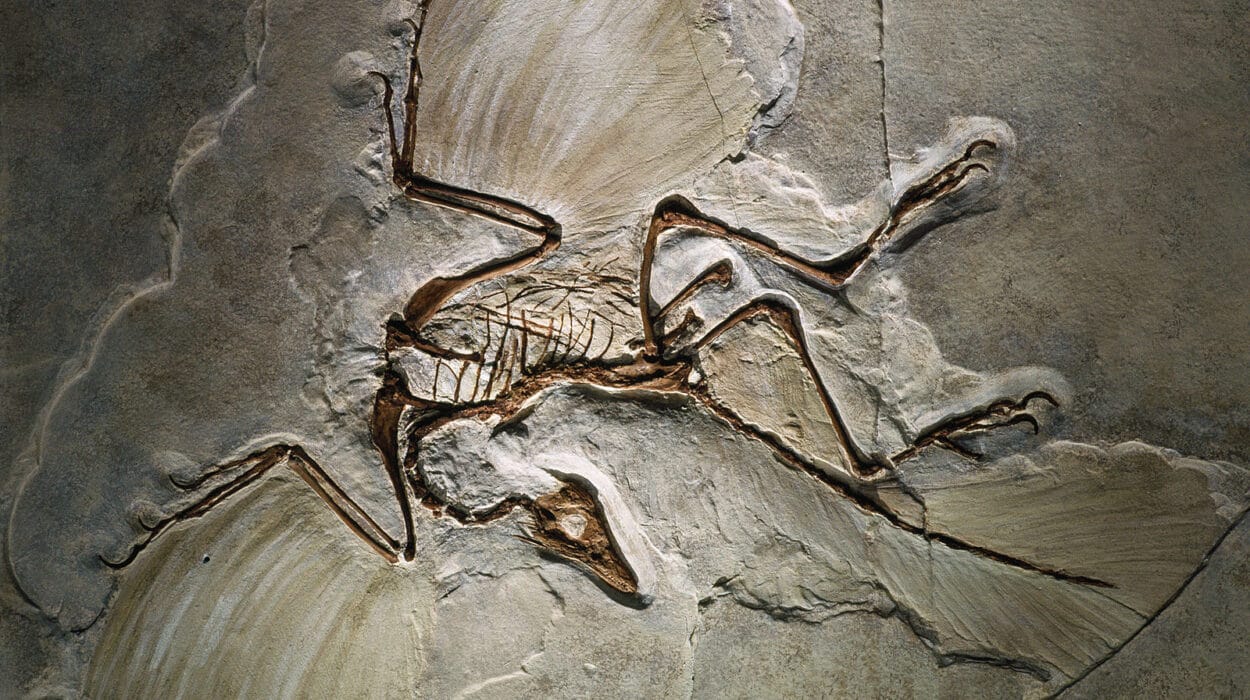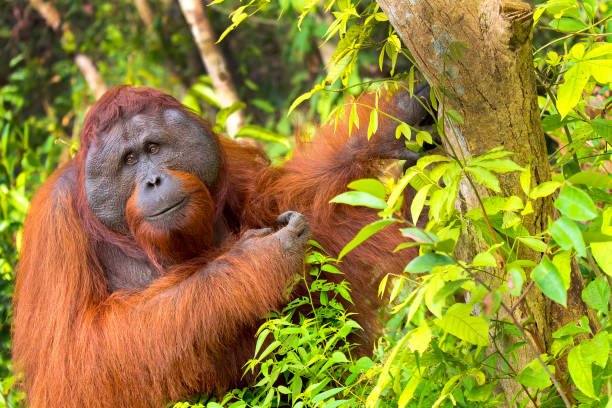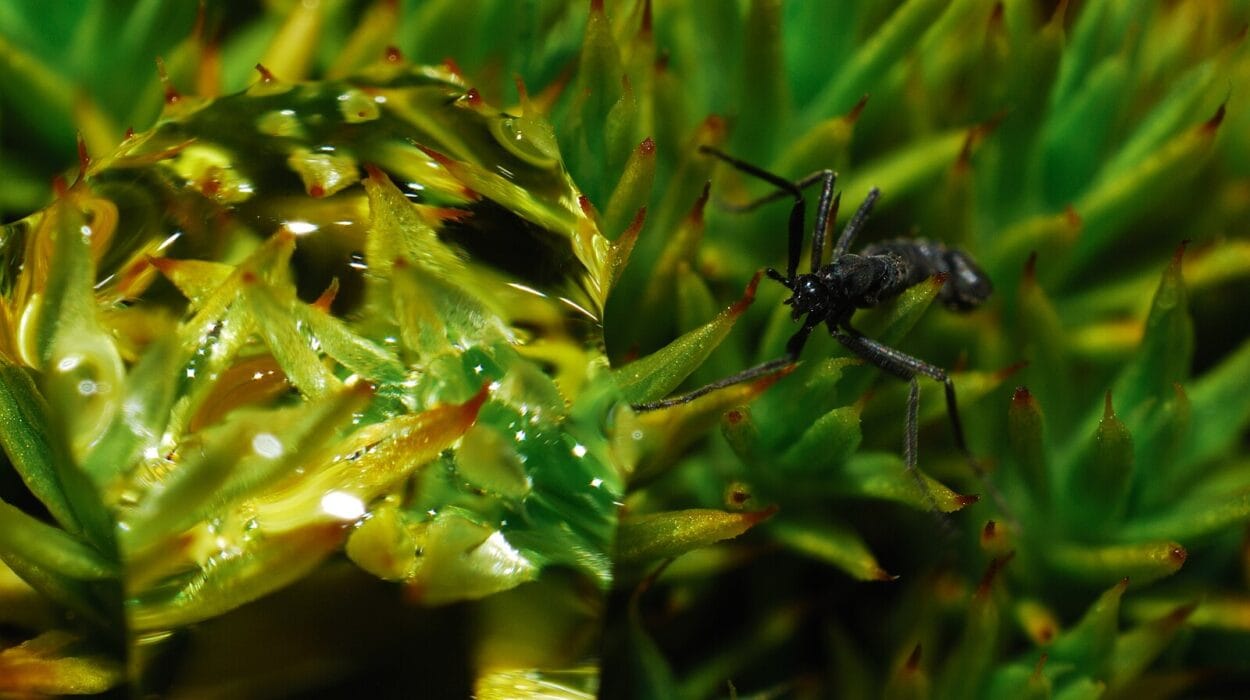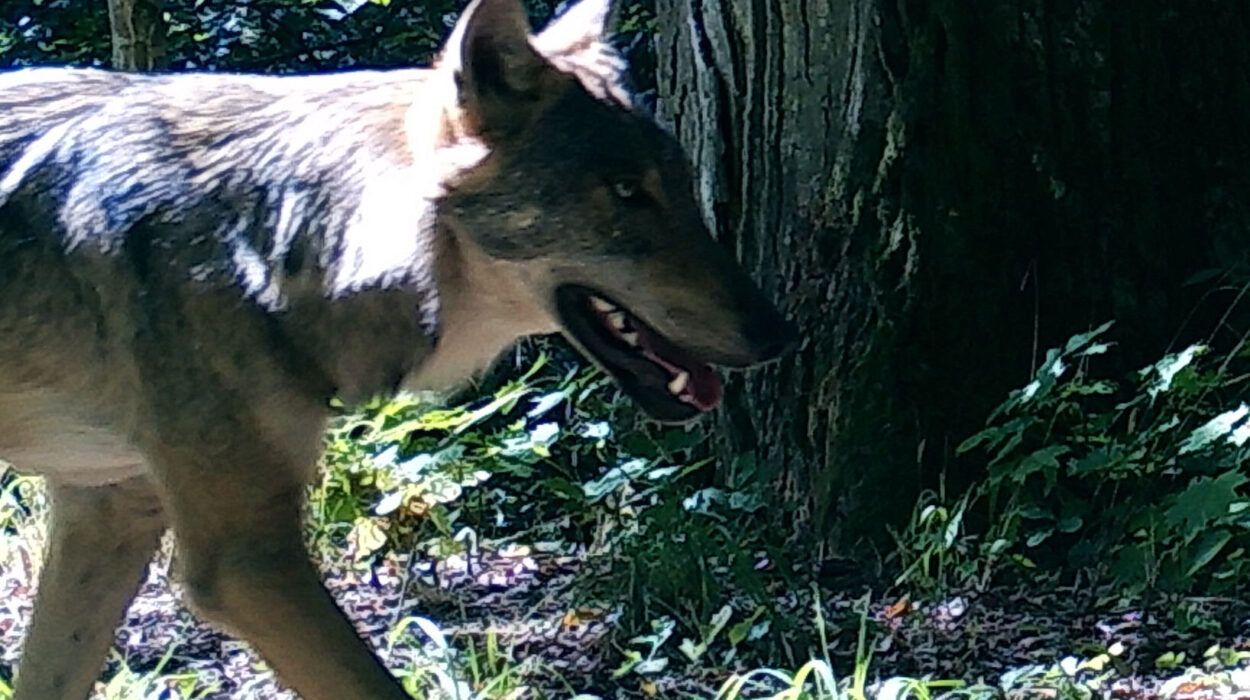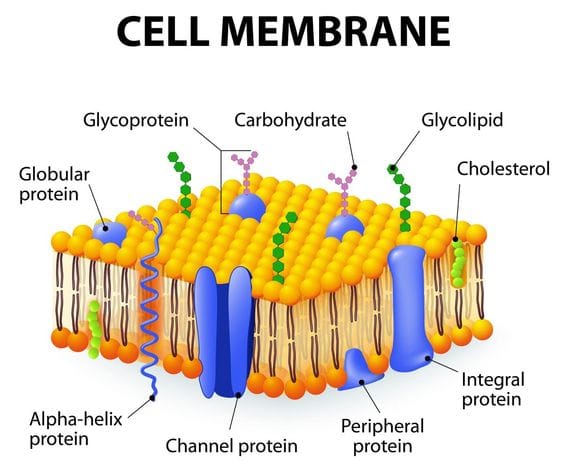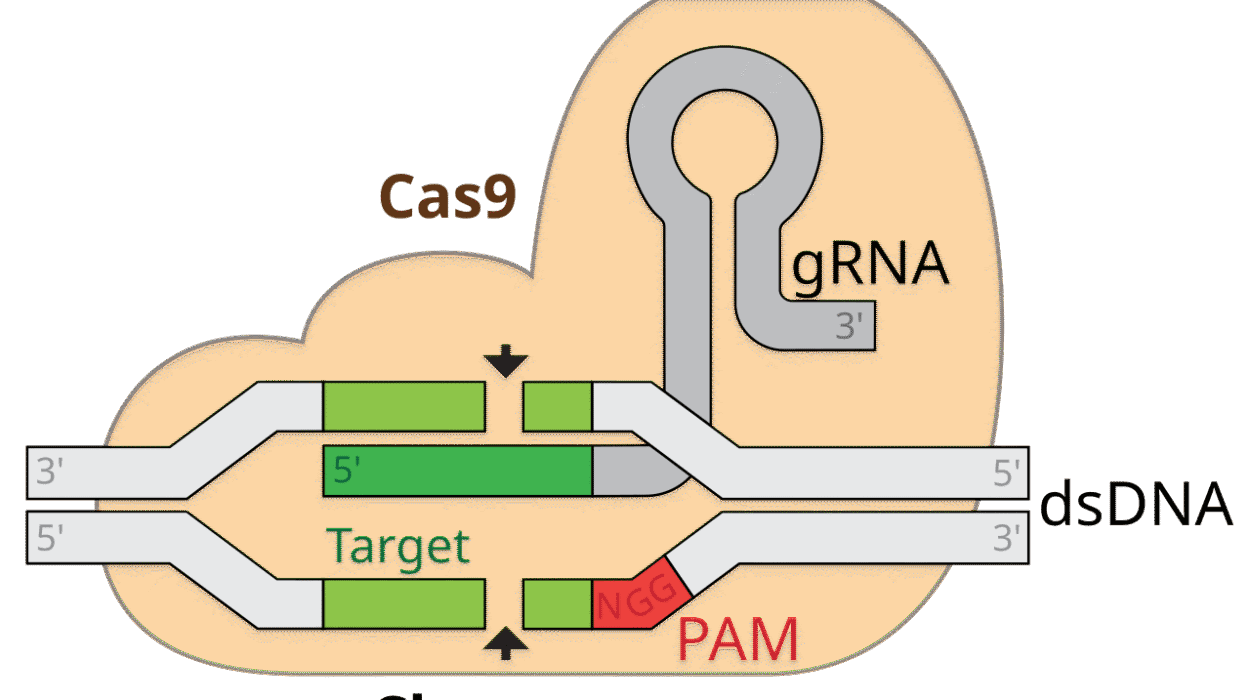In a discovery that peels back another layer of the evolutionary past, a team of anthropologists has uncovered compelling evidence that males among some of our earliest hominin ancestors were dramatically larger than their female counterparts—possibly to a degree rivaling, or even exceeding, that of modern gorillas. The findings, recently published in the American Journal of Biological Anthropology, suggest that the roots of male dominance, competition, and reproductive inequality may run deeper into human ancestry than once believed.
Led by Dr. Adam D. Gordon, an anthropologist at the University at Albany, the research reveals that both Australopithecus afarensis—the East African species to which the famous “Lucy” fossil belongs—and the slightly younger southern African species A. africanus exhibited significantly higher levels of sexual size dimorphism (SSD) than previously reported.
“These weren’t modest differences,” Gordon explained. “In the case of A. afarensis, males were dramatically larger than females—possibly more so than in any living great ape. This suggests intense male–male competition, and potentially a very different social structure than what we see in modern humans.”
Rethinking the Social Lives of Early Hominins
The concept of sexual size dimorphism—differences in average body size between males and females of a species—has long intrigued evolutionary biologists. In modern primates, pronounced SSD often points to intense male rivalry and hierarchical social systems, where larger males secure greater access to mates through displays of dominance or direct physical confrontation. Gorillas are an illustrative example: massive silverback males monopolize harems of females, while smaller males are typically excluded from reproduction.
Until recently, the degree of SSD in early hominins was unclear. Fossil samples are notoriously fragmentary, and it’s often difficult to determine the sex of individuals preserved in the archaeological record. Earlier studies produced contradictory interpretations—some even concluded that A. afarensis showed relatively low dimorphism, more similar to modern humans.
Gordon’s team, however, developed an innovative method that uses statistical resampling to account for the gaps and inconsistencies in fossil preservation. By comparing fragmented hominin bones to complete skeletons from modern primates, and simulating thousands of statistical trials, the researchers were able to generate robust estimates of body size variation across the sexes.
Their results are striking. Not only did A. afarensis show high SSD, but so did A. africanus. Even more intriguingly, the two closely related species differed substantially from one another—suggesting that even within the same broader group of early hominins, evolutionary pressures on male and female body size may have varied sharply.
“We often treat gracile australopiths as a single ecological or behavioral group,” Gordon noted. “But this study shows that A. afarensis and A. africanus were experiencing different evolutionary forces. Their lives—and their bodies—were shaped by unique social and environmental challenges.”
Bigger Males, Smaller Females: Clues from Natural Selection
Why would males grow so much larger than females in these early species? Evolutionary theory offers two main drivers: competition for mates, and resource stress.
In species where males compete directly for access to females—often through physical dominance—natural selection favors large, powerful males. But the evolutionary pressures on females are more complex. If an environment is food-scarce, smaller females may have reproductive advantages: they require less energy for survival and reproduction, and may wean offspring more successfully in tough conditions.
Gordon’s findings are consistent with both models. The high SSD in A. afarensis likely reflects intense male–male competition, where bigger males had greater reproductive success. The same may be true for A. africanus, though the slightly lower level of SSD suggests a somewhat different balance of evolutionary forces.
“It’s possible that resource stress affected female body size more severely in one environment than in another,” Gordon explained. “For instance, a longer dry season could reduce fruit availability, making it advantageous for females to be smaller, while males still competed intensely for mates.”
Challenging the Human-Centered Narrative
One of the most provocative implications of the study is that early hominins—though often portrayed as precursors to our own relatively egalitarian and cooperative social systems—may have lived lives shaped more by hierarchy, aggression, and reproductive inequality than by the kinds of pair-bonding we associate with humans today.
Modern Homo sapiens show only moderate sexual dimorphism. On average, men are larger than women, but the difference is subtle and varies across populations. Importantly, the overlap in male and female sizes is substantial—suggesting more balanced roles and reduced male competition, at least compared to gorillas or orangutans.
By contrast, the fossil record now paints a picture of early hominins whose lives were less like ours and more like those of our ape cousins. This insight could reshape how we understand the emergence of human social structures. Did our ancestors pass through a period of intense male competition before evolving more cooperative, egalitarian behaviors? Or did these patterns vary among different branches of the hominin tree?
“There’s a tendency to project human social values backward onto our ancestors,” said Gordon. “But the evidence here suggests a much more diverse and complex evolutionary landscape. A. afarensis and A. africanus weren’t just physically distinct—they were probably living very different lives.”
Precision Through Fragmentation: A Methodological Breakthrough
Part of what makes this study so impactful is its ability to extract meaningful patterns from incomplete data—a common hurdle in paleoanthropology. The fossils from both A. afarensis and A. africanus include only partial skeletons, often missing key elements for determining sex or overall body size. Traditionally, such limitations have constrained the kinds of questions researchers could ask—or answer.
To overcome this, Gordon’s team used an approach based on geometric means, which estimates overall body size from various skeletal elements—like the humerus, femur, or tibia—even when only some bones are present. By simulating the uneven nature of fossil preservation in their statistical models, they were able to create a more accurate and nuanced picture of ancient sexual dimorphism.
They also tested whether the size differences in A. afarensis reflected changes over time—perhaps a gradual increase or decrease in body size over the 300,000 years during which the species lived in the Hadar Formation of Ethiopia. But no chronological trend emerged. The data held steady, reinforcing the conclusion that the observed size variation represents consistent sexual differences, not evolutionary drift.
Evolution’s Uneven Footsteps
The bigger story here is not just that ancient males were large, or that females were small. It’s that evolution didn’t march in lockstep. The findings suggest that closely related species can respond in radically different ways to environmental pressures and social dynamics.
This stands in stark contrast to living great apes, where closely related species—such as chimpanzees and bonobos—tend to show relatively minor differences in dimorphism. The wide divergence between A. afarensis and A. africanus in just a few hundred thousand years points to a level of behavioral and ecological flexibility we are only beginning to appreciate in early hominins.
It also challenges the idea that there was a single “gracile australopith” way of life. If A. afarensis lived under conditions of fierce male rivalry and potentially polygynous social structures, while A. africanus occupied a somewhat more balanced niche, then the transition toward human-like societies may have passed through more evolutionary experiments than we once imagined.
A Glimpse into Our Primitive Past
What did life look like for a young Australopithecus female? Perhaps she foraged for food amid dry savanna shrubs, raising her offspring with the help of a small, tightly bonded female group, while large males brawled and blustered for status nearby. Or maybe she lived in a community where resources were so limited that every calorie mattered, and only the smallest, most efficient mothers could pass on their genes.
And what of the males? Perhaps they grew tall and broad not just through genetic inheritance, but through sheer necessity—built to intimidate rivals, to protect territory, or to survive the dangerous rites of competition in a harsh world.
In these bones—twisted, cracked, half-lost to time—we catch a fleeting glimpse of a different kind of human past. One not bound to linear progress, but shaped by divergence, variation, and adaptation. A past where the battle for existence was written not just in tools and fire, but in flesh, size, and strategy.
The story of Australopithecus, it turns out, is not just one of walking upright or wielding stones. It’s also a story of who got to mate, who got to eat, and how evolutionary forces carved difference into the very bones that would one day give rise to us.
As Gordon puts it, “These species were interacting with their world in profoundly different ways. And that tells us something important—not just about them, but about the paths evolution can take, and the surprising places it can lead.”
Reference: Adam D. Gordon, Sexual Size Dimorphism in Australopithecus: Postcranial Dimorphism Differs Significantly Among Australopithecusafarensis, A. africanus, and Modern Humans Despite Low‐Power Resampling Analyses, American Journal of Biological Anthropology (2025). DOI: 10.1002/ajpa.70093
